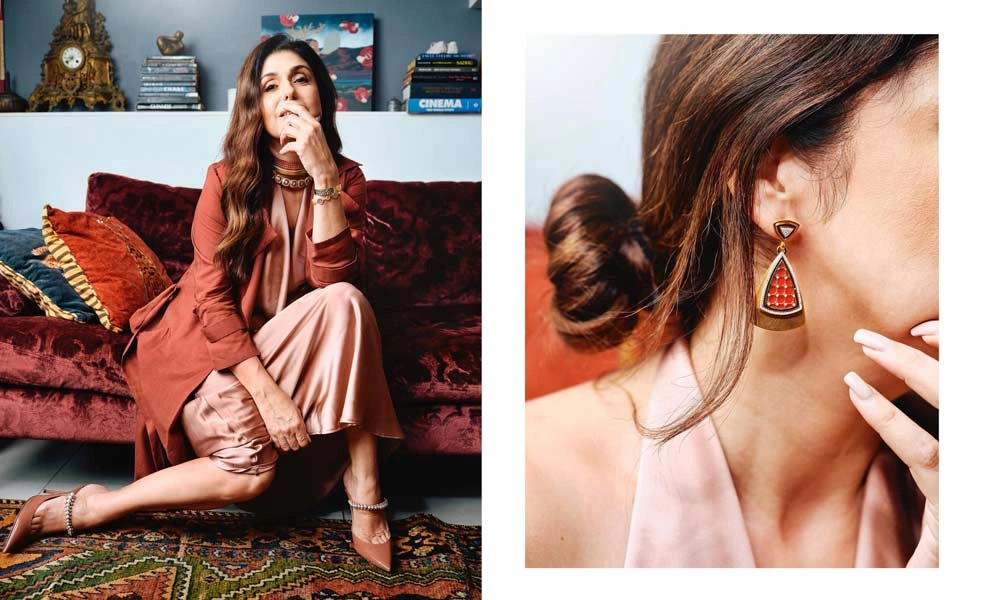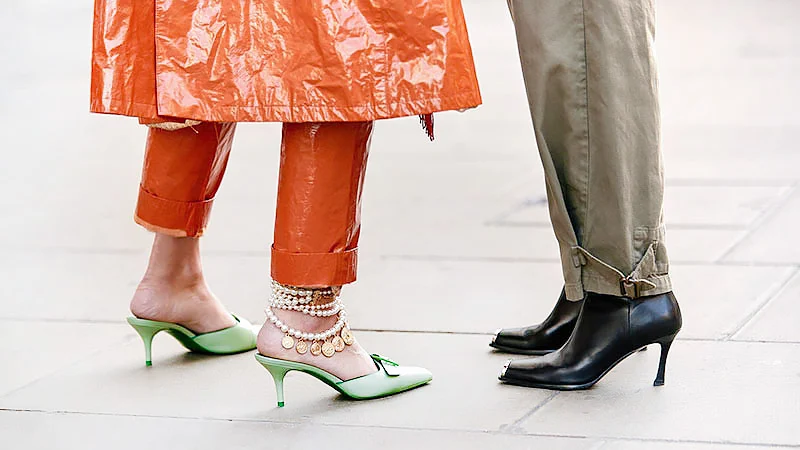Adire, Nigeria’s traditional textile art, is a stunning embodiment of the country’s rich cultural heritage and artistic expression.
With a history spanning centuries, Adire has evolved from a simple, hand-dyed cloth to a symbol of Nigerian identity, creativity, and resilience.
You May Also Like: The History of Haute Couture: Luxury Fashion’s Roots
History of Adire
Adire originated in the 15th century among the Yoruba people of southwestern Nigeria.
The name “Adire” means “tie and dye” in Yoruba. Initially, Adire was used for ceremonial and royal attire, but its popularity soon spread throughout the region.
Techniques and Materials
Adire artisans employ various techniques:
- Tie-dye: Folding and binding fabric to create unique patterns.
- Batik: Applying wax to resist dye.
- Shibori: Folding and twisting fabric to achieve intricate designs.
Traditional materials include:
- Cotton: Preferred for its durability and absorbency.
- Indigo: Sourced from local plants for its vibrant blue hue.
- Cassava starch: Used as a resist agent.
Symbolism and Significance
Adire holds deep symbolic meaning:
- Cultural identity: Representing Yoruba heritage and traditions.
- Social status: Indicating wealth, status, or occupation.
- Spiritual significance: Adire patterns believed to possess spiritual powers.
- Artistic expression: Showcasing Nigerian creativity and ingenuity.
Modern Adire Trends
While traditional Adire remains timeless, modern adaptations have emerged:
- Contemporary designs: Incorporating bold colors and abstract patterns.
- Fusion with Western styles: Creating unique, Afro-fusion fashion.
- Digital printing: Reproducing Adire patterns on various fabrics.
Notable Nigerian Designers
- Mowalola Ogunlesi: Renowned for innovative Adire-inspired designs.
- Lisa Folawiyo: Acclaimed for her stunning, hand-dyed Adire creations.
- Duro Olowu: Respected for his vibrant, Adire-printed textiles.
Adire Etiquette
- Wear with pride: Respect the cultural heritage.
- Choose wisely: Select Adire fitting the occasion.
- Care with love: Hand-wash and dry to preserve the fabric.
Preserving Cultural Heritage
Efforts to preserve Adire traditions include:
- Workshops and classes: Teaching traditional Adire techniques.
- Cultural events: Showcasing Adire and Nigerian attire.
- Museums and exhibitions: Displaying historic Adire collections.
Conclusion
Adire is a breathtaking representation of Nigeria’s cultural heritage, artistic traditions, and timeless elegance.
By understanding and appreciating this ancient textile art, we can gain a deeper appreciation for Nigeria’s history, values, and beauty standards.
References:
- “Adire: Yoruba Textile Art” by The British Museum.
- “A History of Adire” by Nigeria Magazine.
- “Adire: A Symbol of Nigerian Culture” by The Culture Trip.
- “Modern Adire Trends” by Vogue Nigeria.
- “The Art of Adire” by Omenka Magazine.










